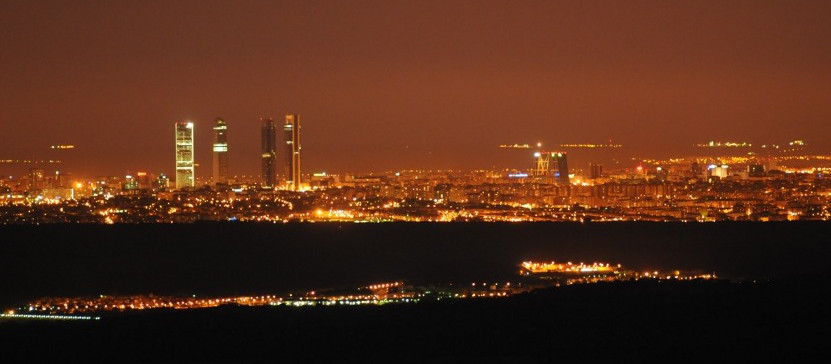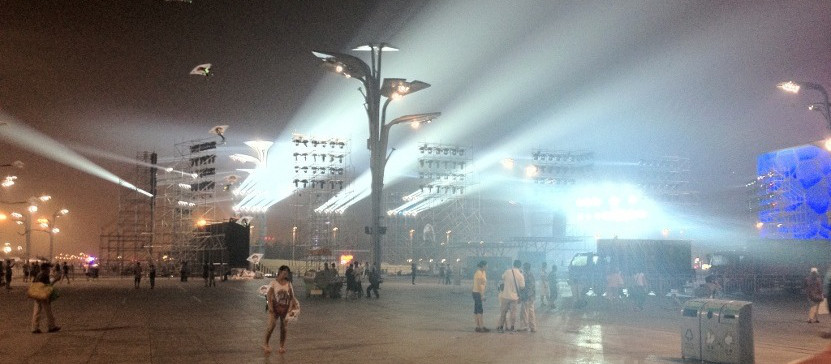Cities at Night
Since 2003, astronauts have been taking photos from the International Space Station. Many of these images have been published on the websites of participating agencies or the Twitter accounts of the astronauts. However, most of the images taken by astronauts have not been published remaining, on archive without being shown to the world. We have added a section to this gallery dedicated to displaying more than a thousand examples of images of cities at night. However, there are still hundreds of thousands of images on file to discover. You can help.
View details »
Light Pollution
Light pollution causes serious problems. Its effects can be measured from the inside of our bedroom to hundreds of kilometers away. The light destroys the essence of the evening darkness. Humans have an ancestral fear of the dark, but too much light produces very negative effects on the ecosystem and our health.
Satellite images help us measure and compare large illuminated areas. With the colors of the images taken by astronauts on the International Space Station, we can measure the efficiency of lighting in many cities on the planet.
View details »
Citizen Science
Citizen science is a tool for scientific and educational research. While you help us classify thousands of unpublished images taken by astronauts, you can learn geography of the land at night. Humans are much more efficient than computers at recognizing patterns and, therefore, any citizen can make a significant contribution.
We need volunteers to help us sort the pictures and identify the locations of the images to create maps of light pollution. This will help governments and local authorities to make the right decisions to reduce light pollution.
View details »
Lost at Night
Once nocturnal images are identified we need to know where are the located. With this application you can help us to know the City.
We have added a section to this gallery dedicated to displaying more than a thousand examples of images with cities we don't know.It is very easy, and you only have to click on the image and on the location on the map
Application access »
Georeferencing Cities
This is the last step. One we know the city location, we need a georeferencing procces. This is a process of associating a physical map with spatial locations to the picture, where locations are represented using a coordinate reference system, in this case Longitude and Latitude. Due to the large number of images, we need your help. Some of these pictures are from unknown locations for us, and it is very difficult identify some features on the picture. We have added a section to this gallery dedicated to displaying more than a thousand examples of images of cities at night that have to be georeferenced.
Application access»




